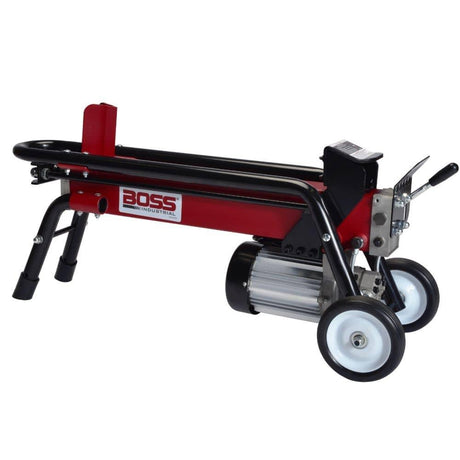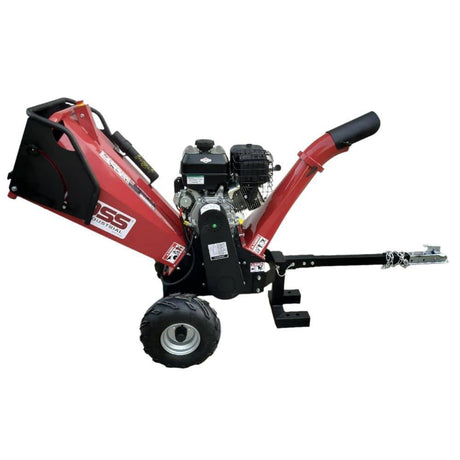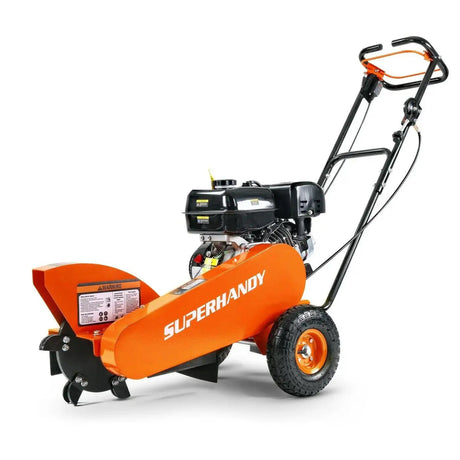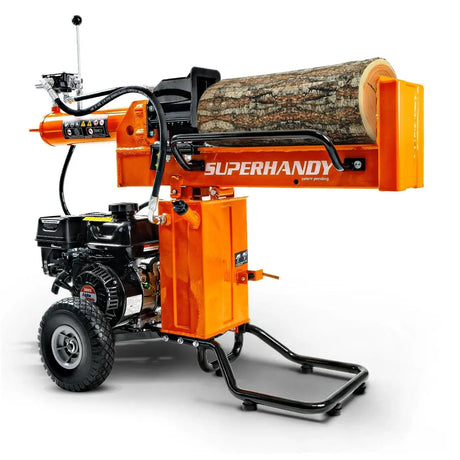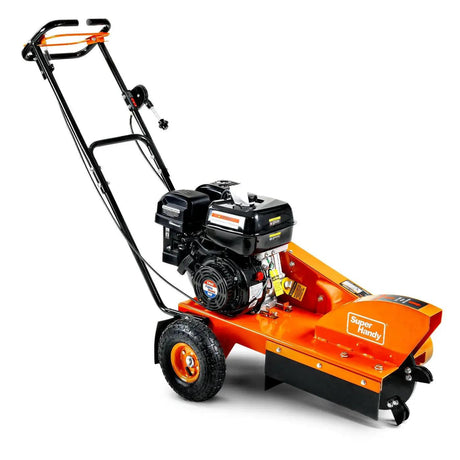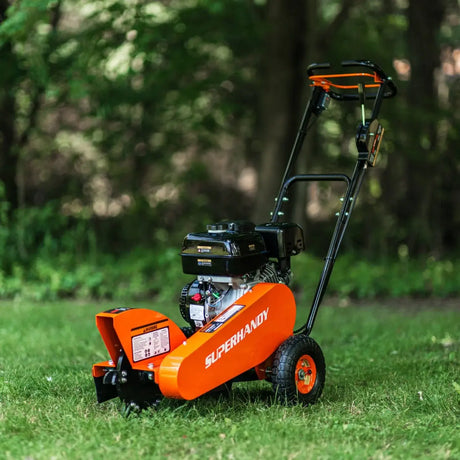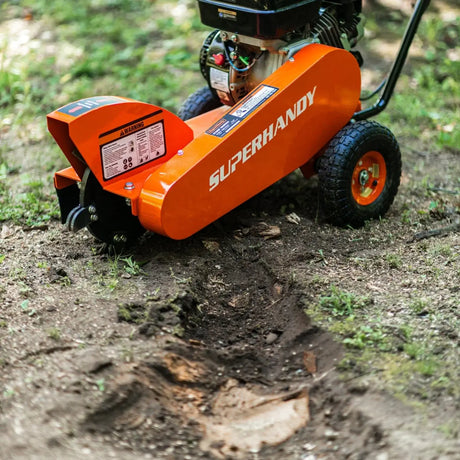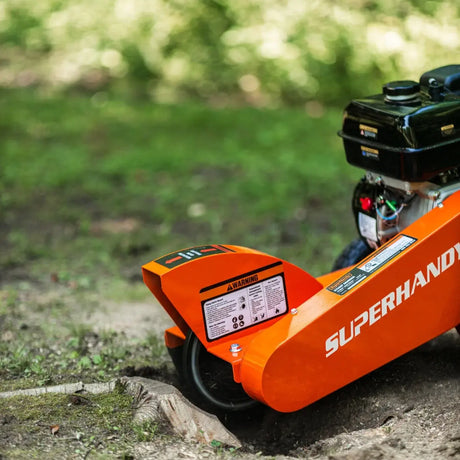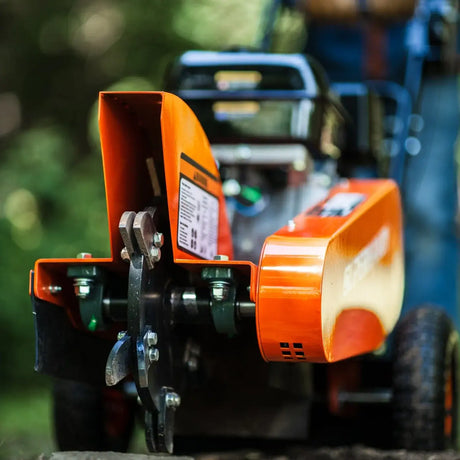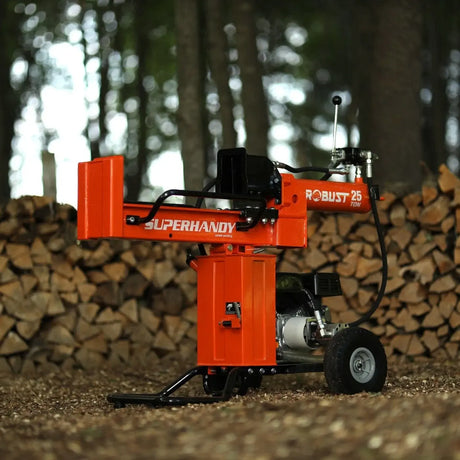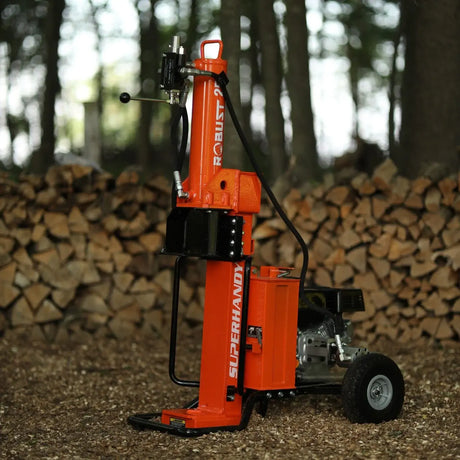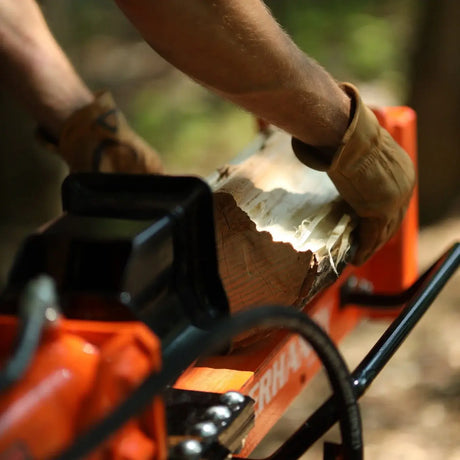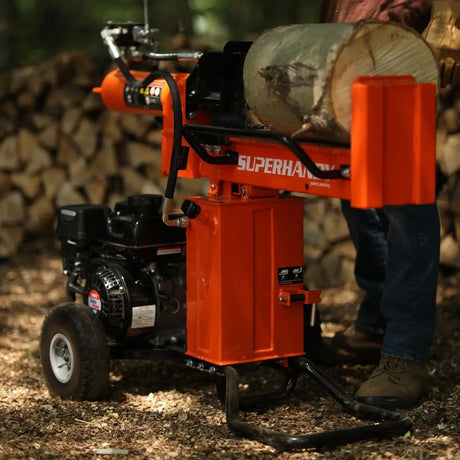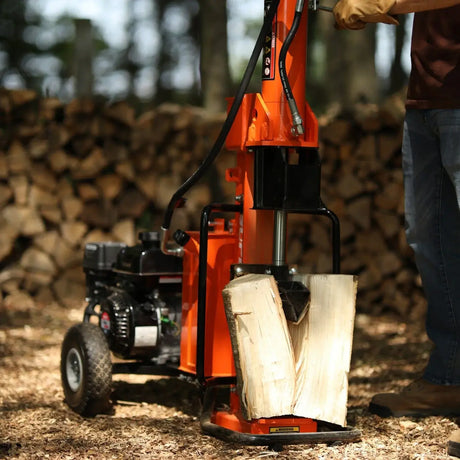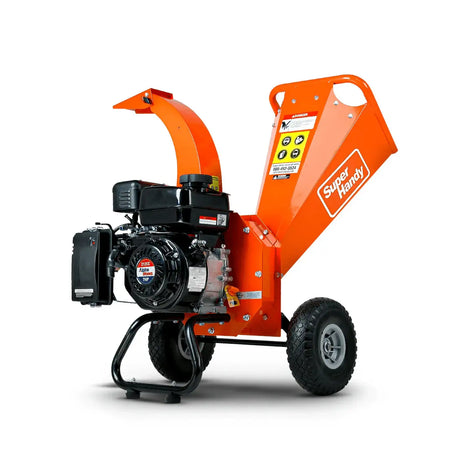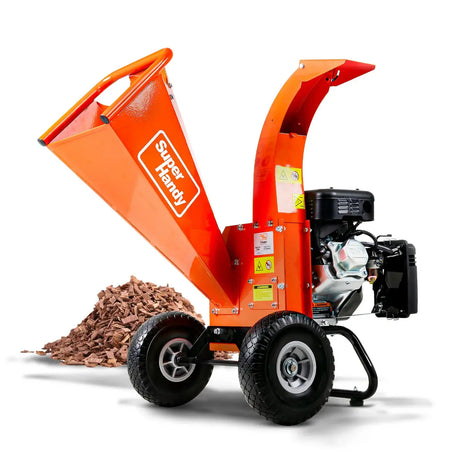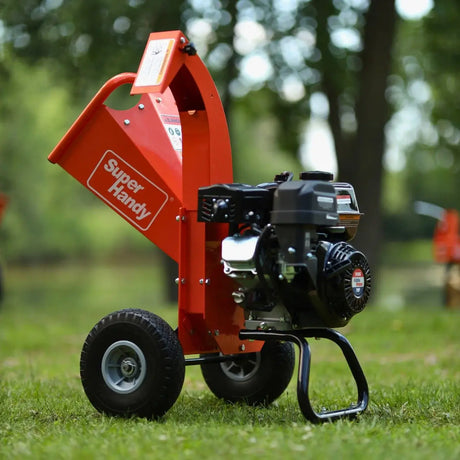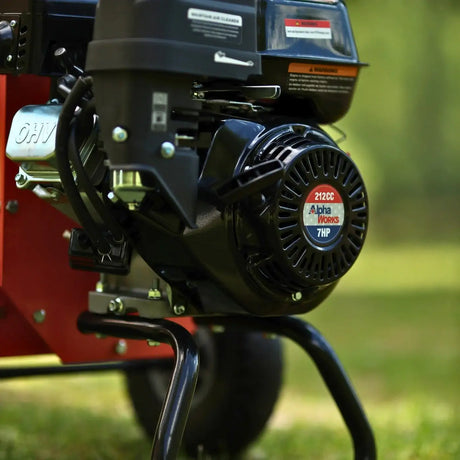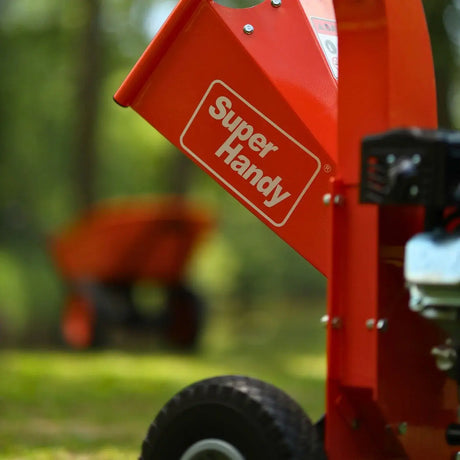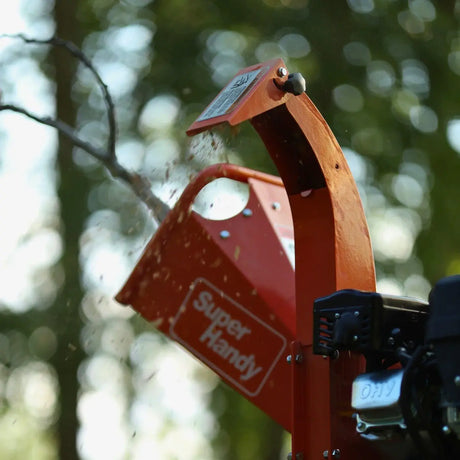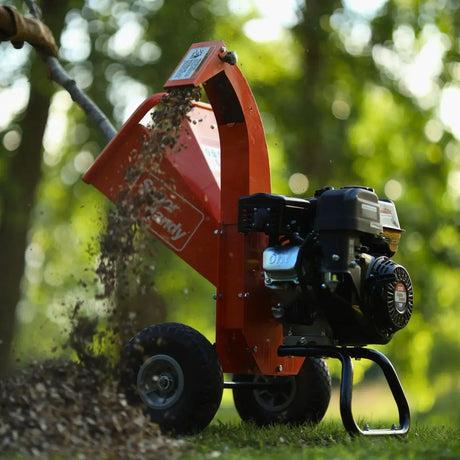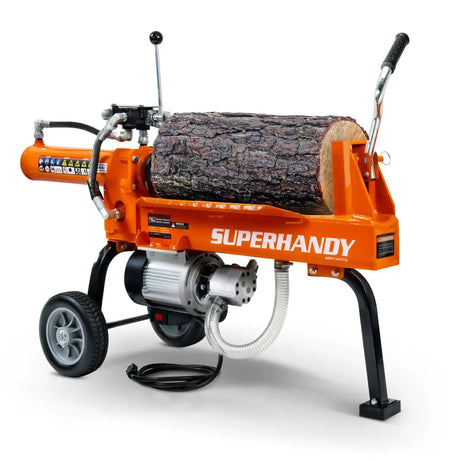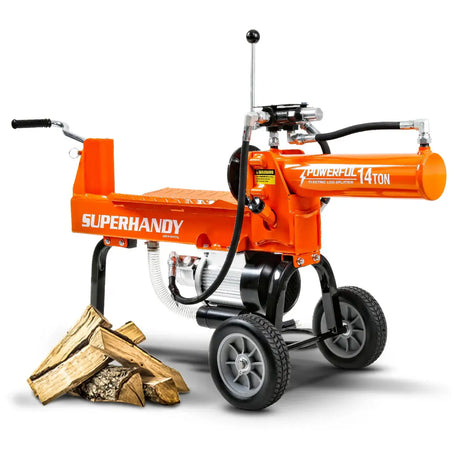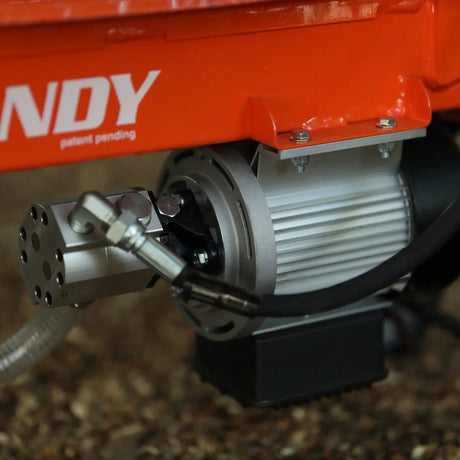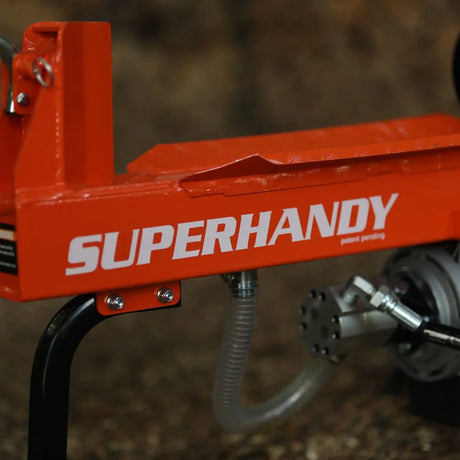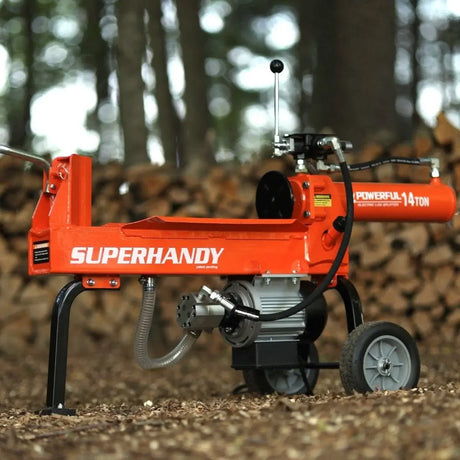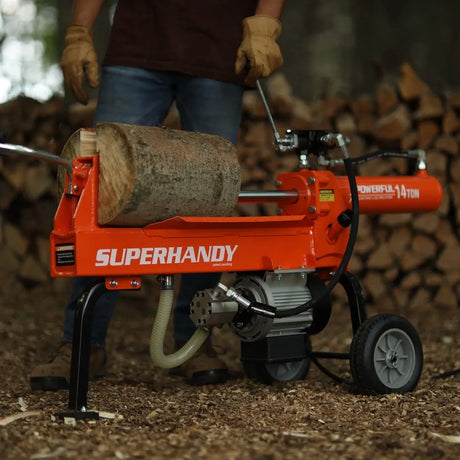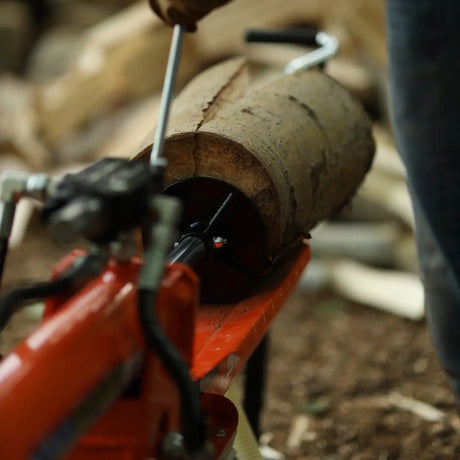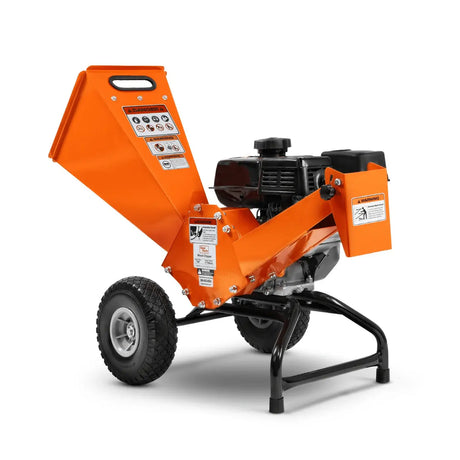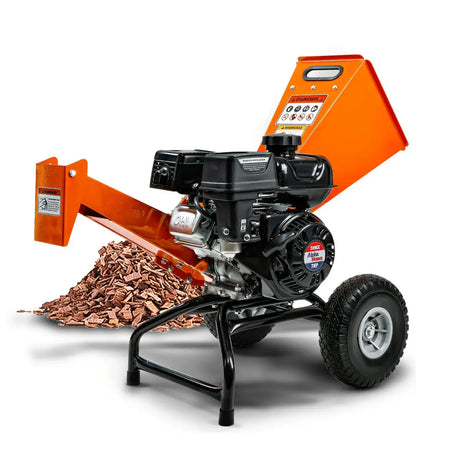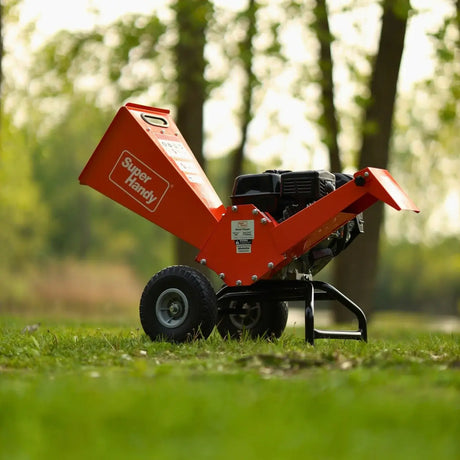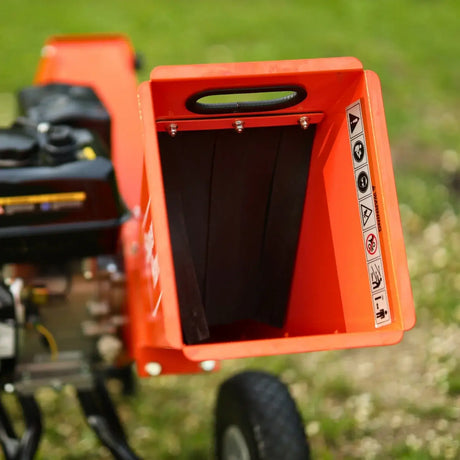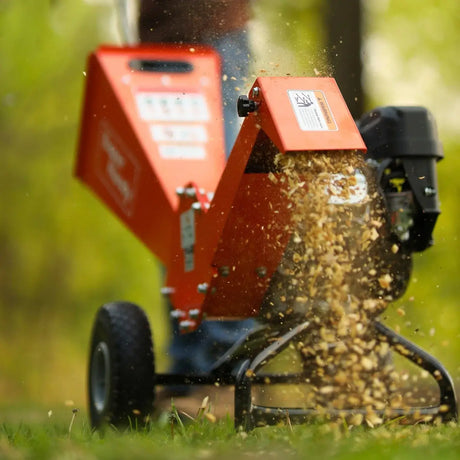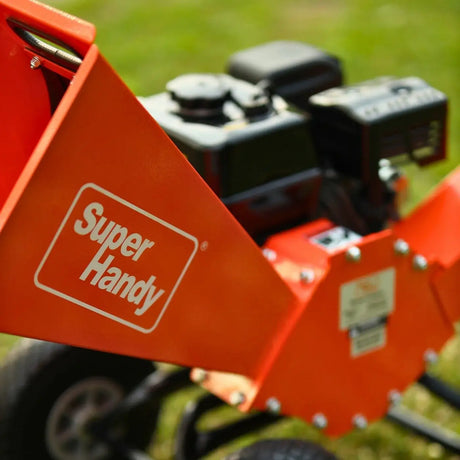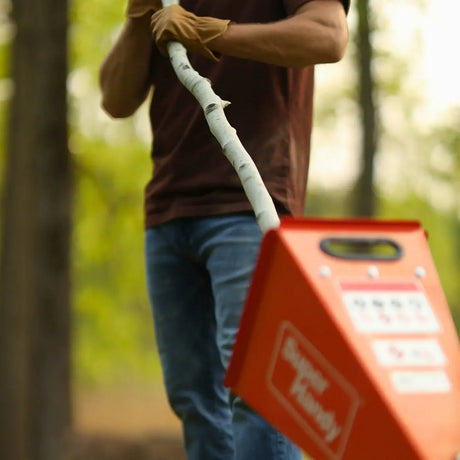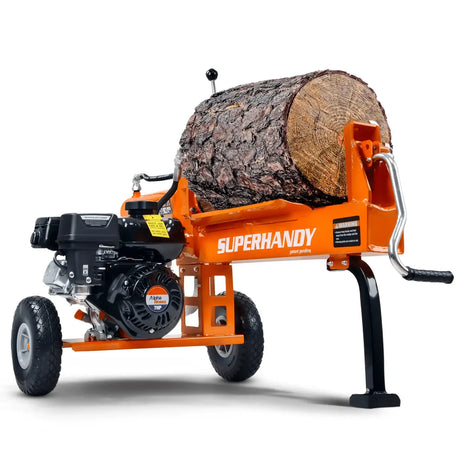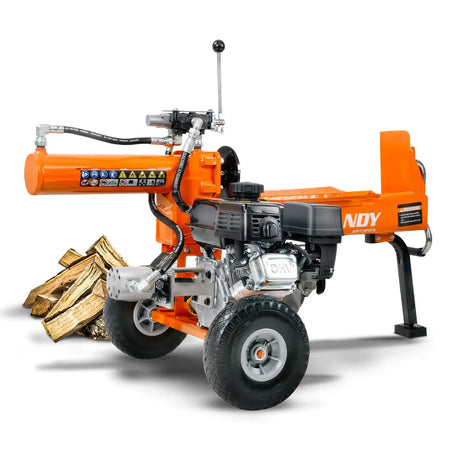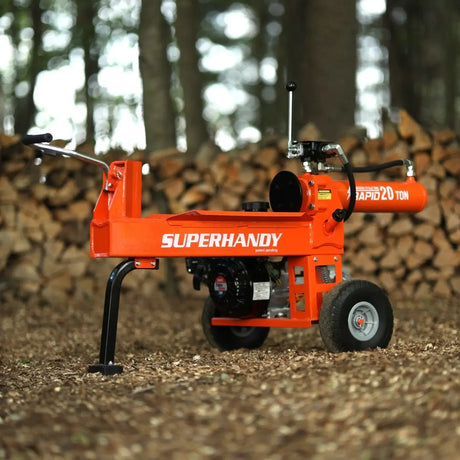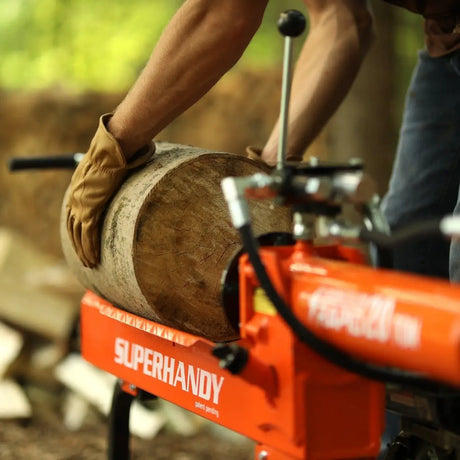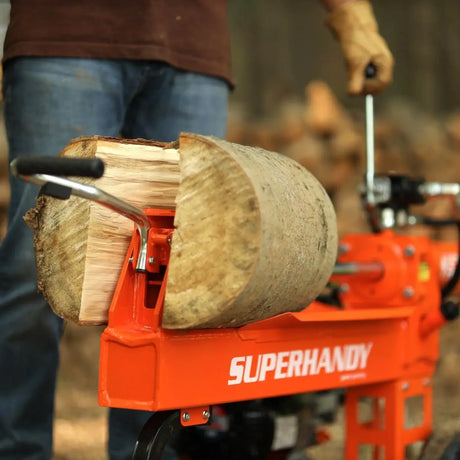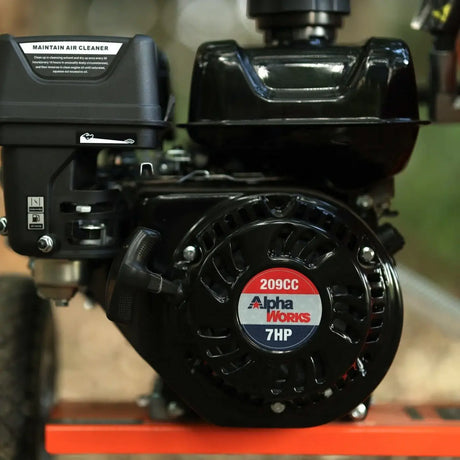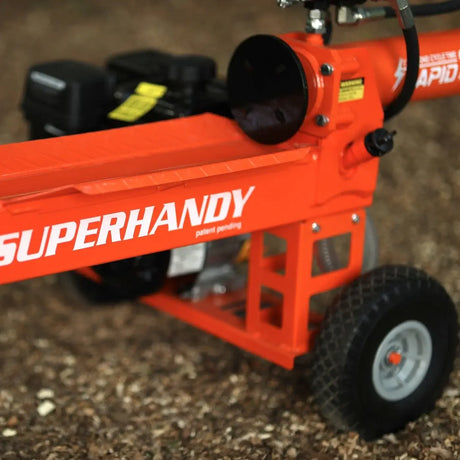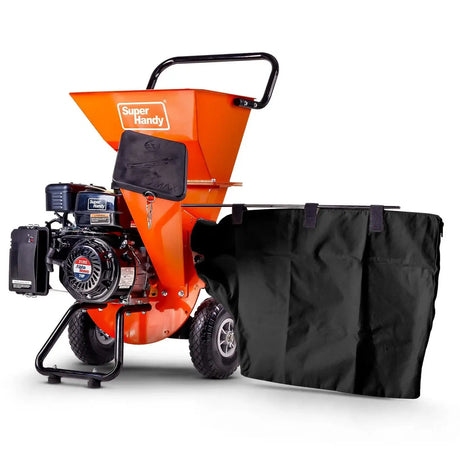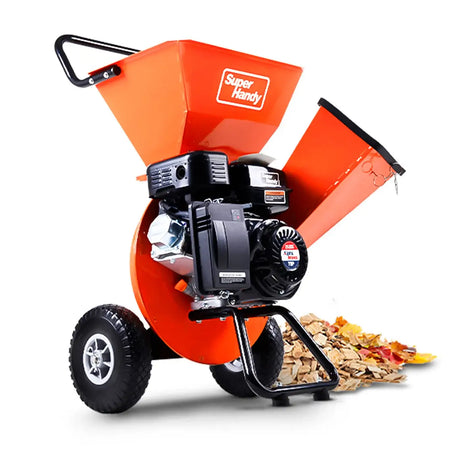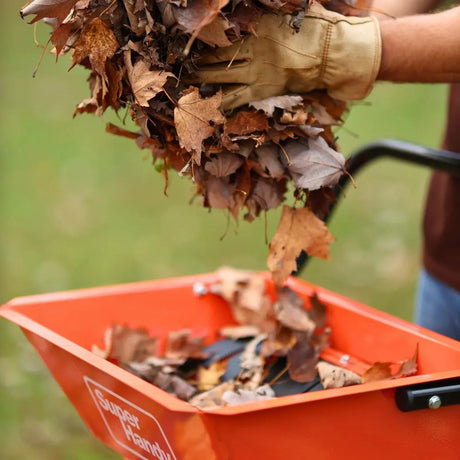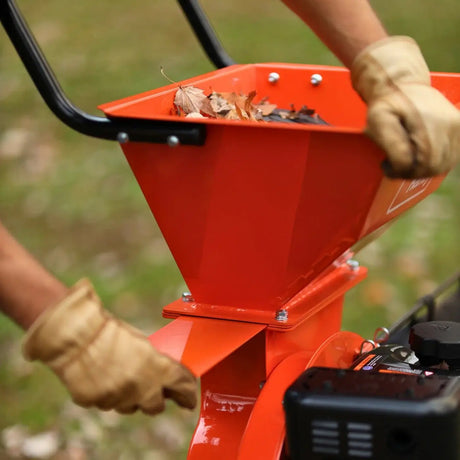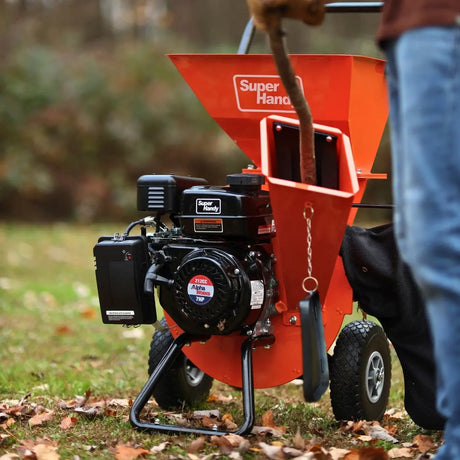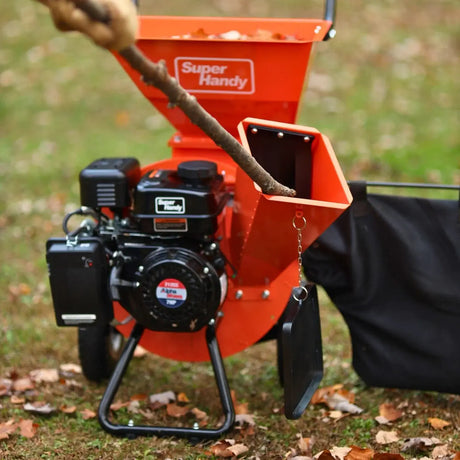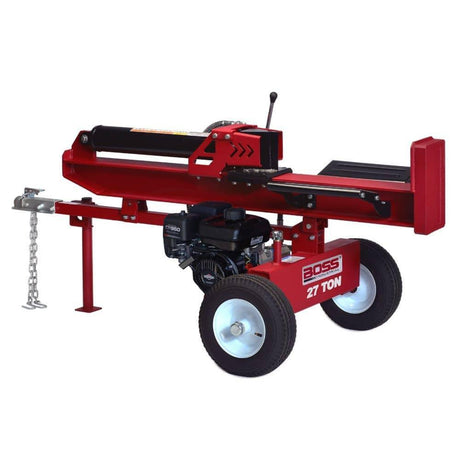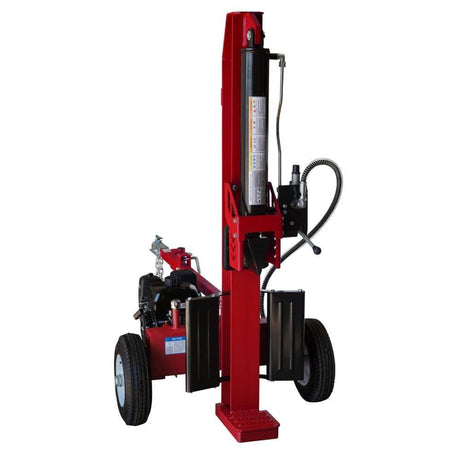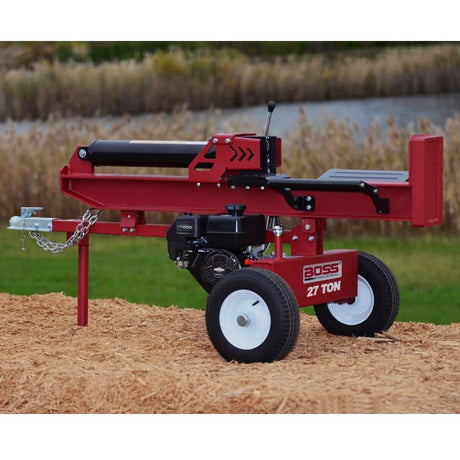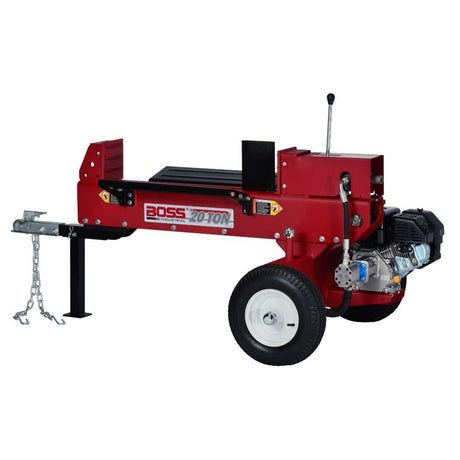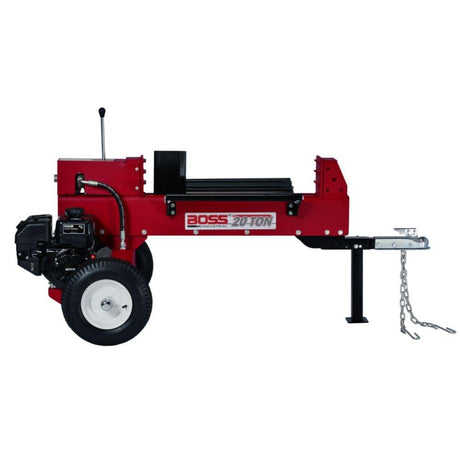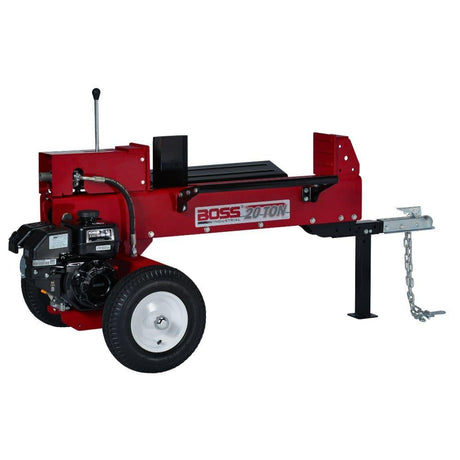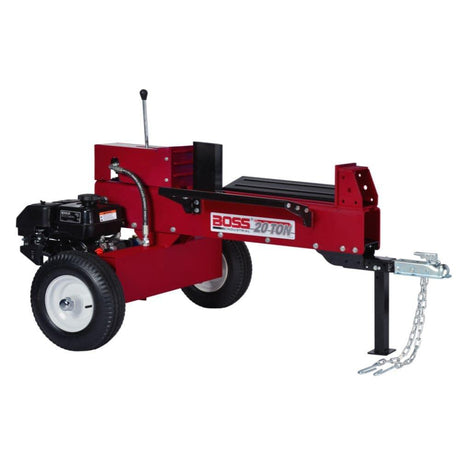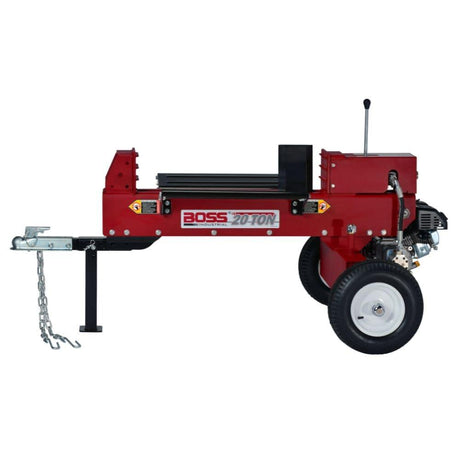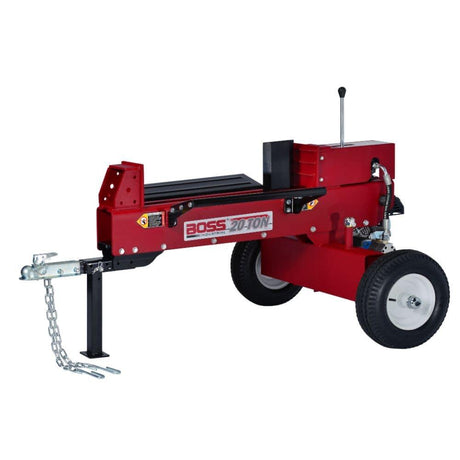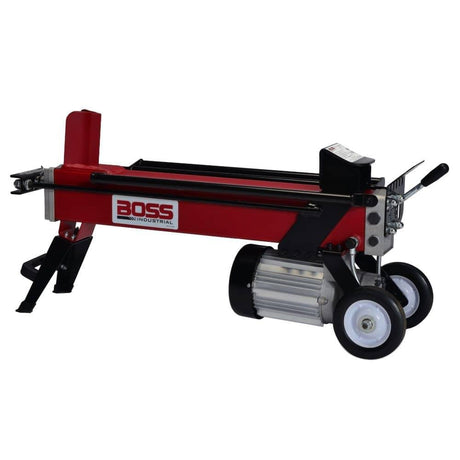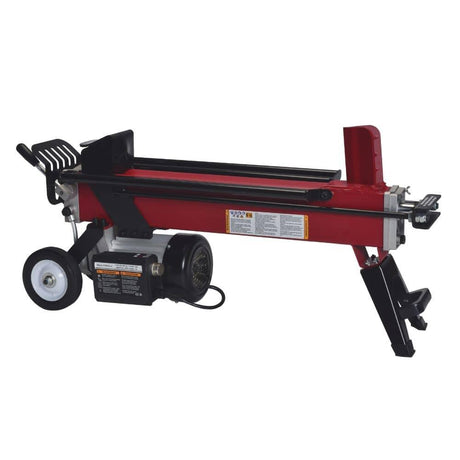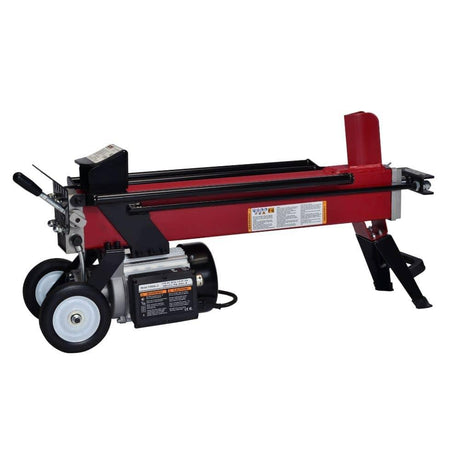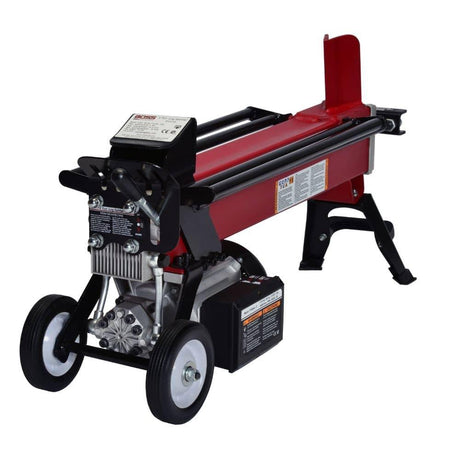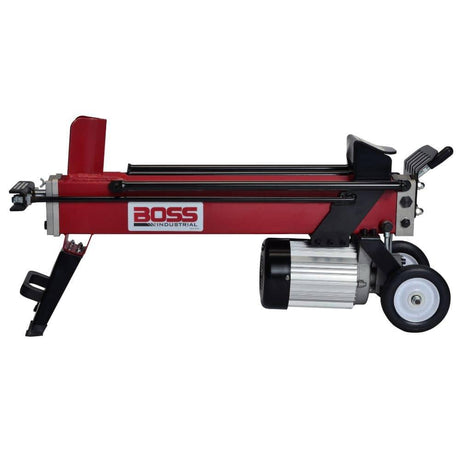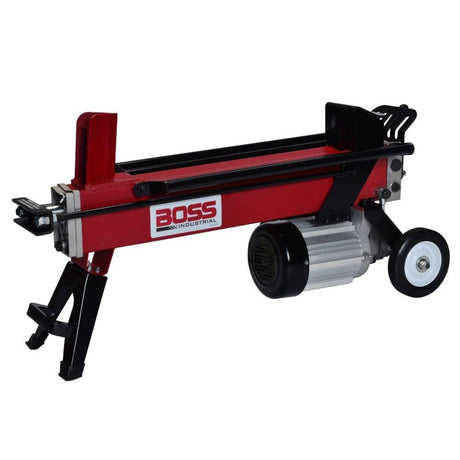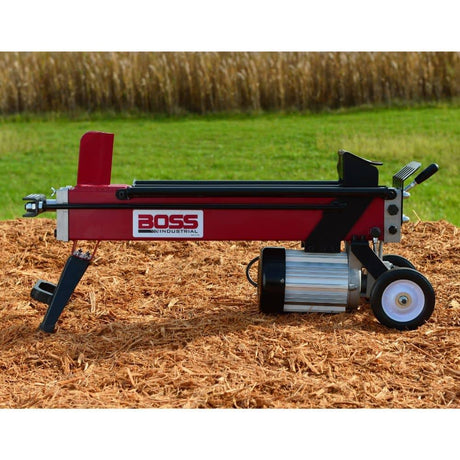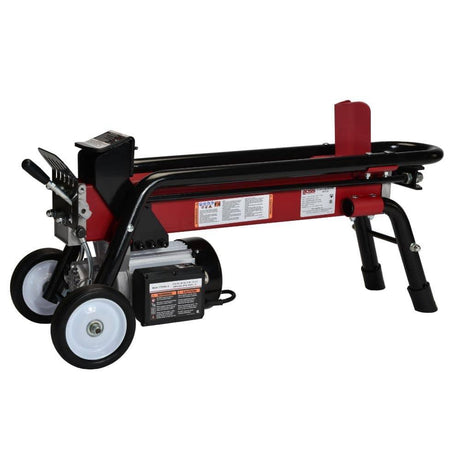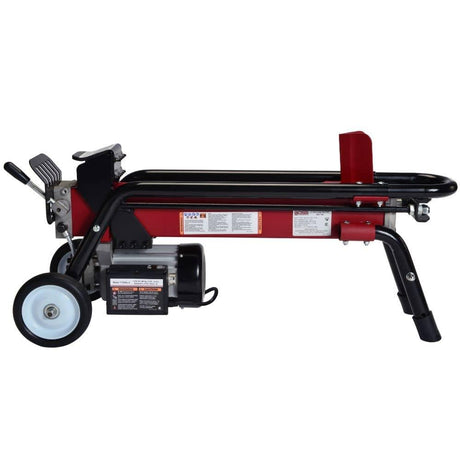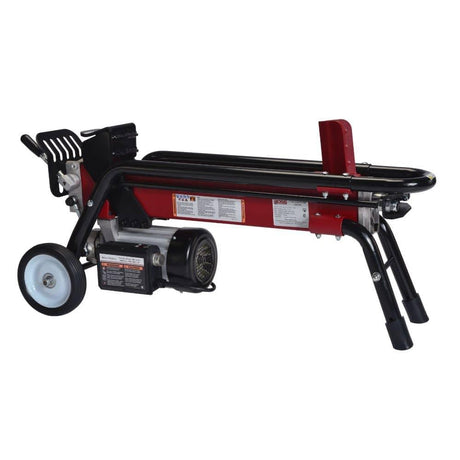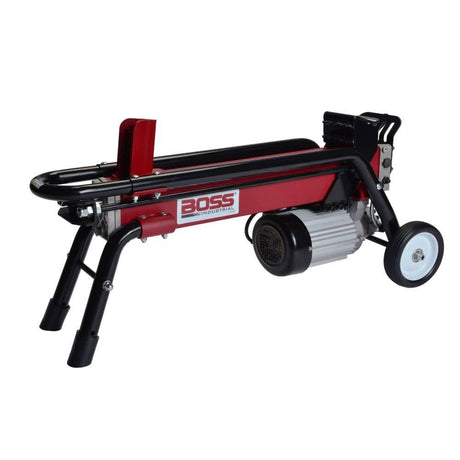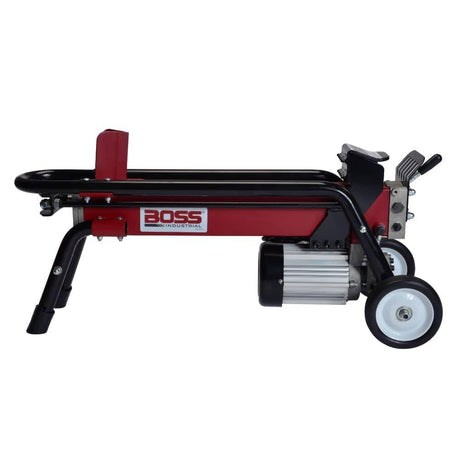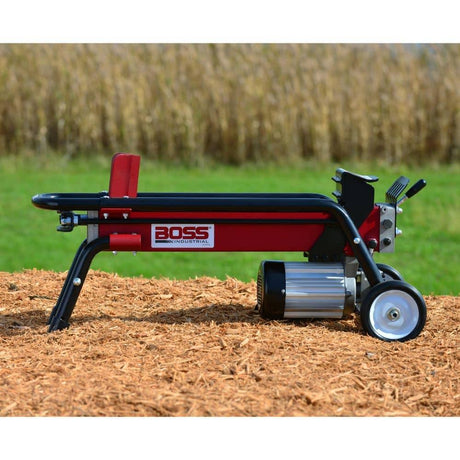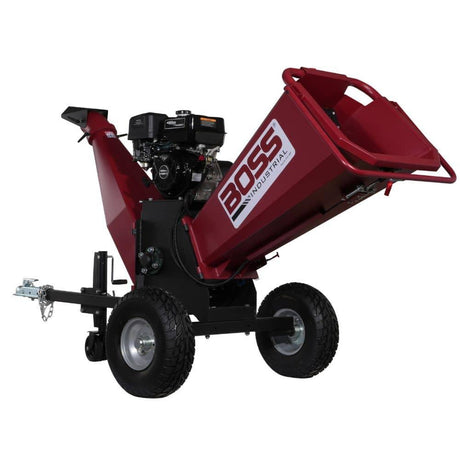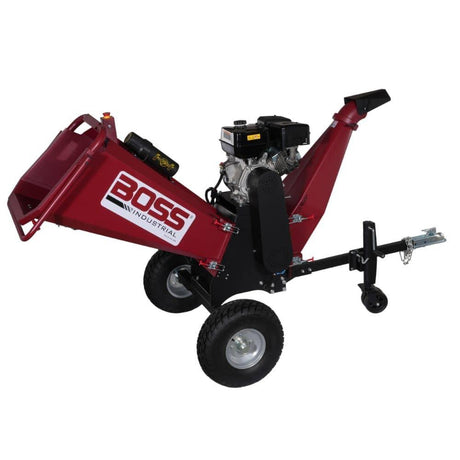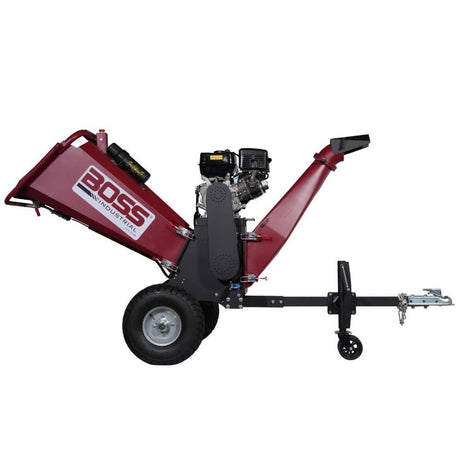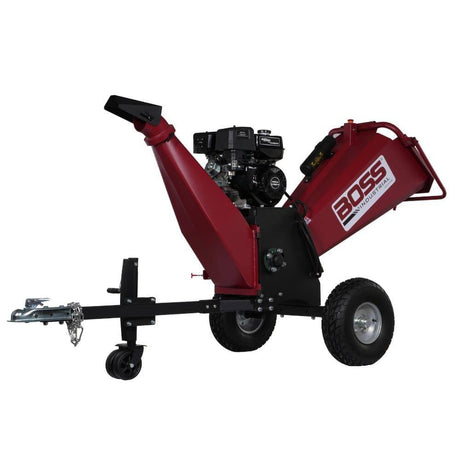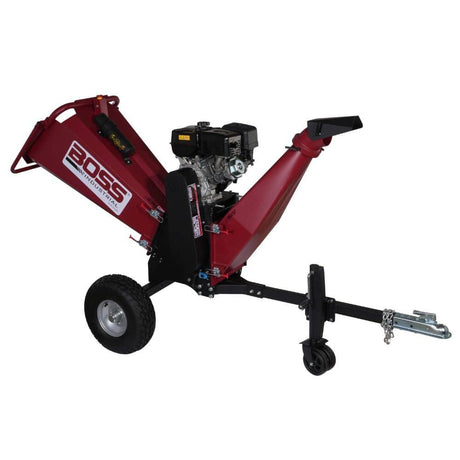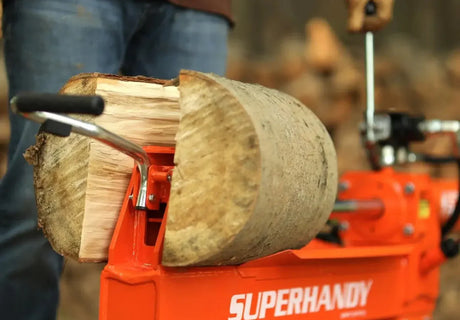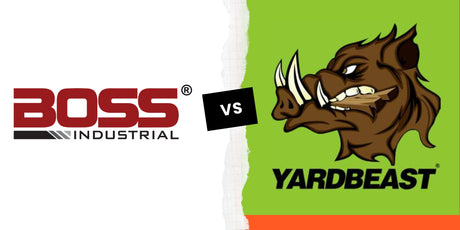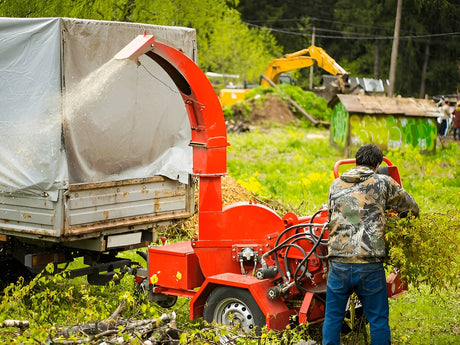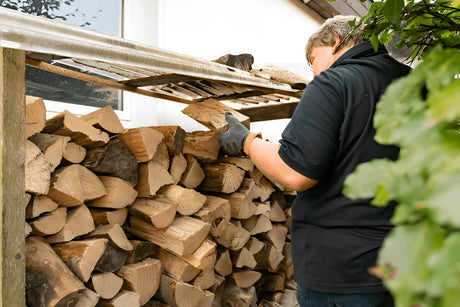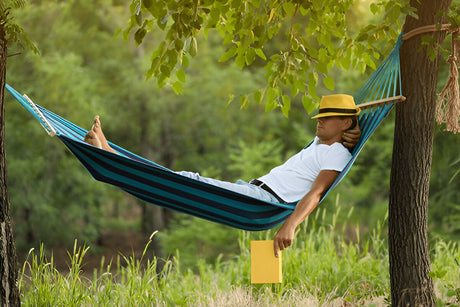Once the tree's gone, you're left staring at the stump. Now comes the real question: should you grind the tree stump or leave it where it is?
Should you grind it? Leave it? Or go all in with full stump removal?
The right choice depends on your yard goals. If you want a clean, usable lawn fast, stump grinding makes sense. If you're on a budget or undecided, leaving the tree stump might work—for now.
Either way, removing a tree stump isn't just about looks. It's about long-term function, safety, and how much work you're willing to take on.
Key Takeaways
- Wondering should you grind a stump or leave it? pros & cons come down to safety, aesthetics, budget, and long-term yard plans.
- Stump grinding offers a fast, low-disruption way to clean up your yard and reclaim space.
- Leaving a tree stump is cheaper short-term but comes with hidden issues like pests and regrowth.
- Your choice depends on whether you want a clean slate, natural mulch, or can live with a stump in the ground.

Understanding Stump Grinding
Stump grinding is a fast, affordable way to eliminate the visible part of a tree stump without digging out the roots.
It uses a powerful stump grinder to shred the wood down to ground level, or slightly below, leaving behind small wood chips you can reuse as natural mulch.
Unlike total stump removal, which pulls out the tree's roots and creates a large hole, stump grinding only removes the visible part of the stump. That means:
- No major damage to your yard or lawn
- No need for large excavation equipment
- Natural wood chips fill the space automatically
Those leftover chips don’t have to go to waste. You can reuse them creatively around your garden—discover smart ways to use stump grinding debris for added value.
This makes tree stump grinding ideal if you want to:
- Avoid costly excavation
- Keep your surrounding soil intact
- Save time and effort
The trade-off? The root system stays underground and may take years to naturally decompose. That's usually not a problem unless you plan to plant in the same area or deal with species known for new shoots.
Still, for most homeowners and landscapers, tree stump grinding hits the sweet spot between speed, cost, and clean results.
Once the stump is ground down, you’re left with a pile of mulch and a bare spot in the yard. If you’re unsure how to handle what comes next, here’s a quick rundown of the proper steps to take after grinding a stump.

The Pros of Stump Grinding
Aesthetic Improvement
A tree stump can make your yard look unfinished or neglected. Stump grinding restores a clean, even surface, instantly boosts curb appeal, and makes your landscape look polished.
It also frees up usable space for planting new trees, laying sod, or adding garden features—giving you more room to work with.
Safety Benefits
A stump in the ground is more than an eyesore-it's a risk. Kids running, pets playing, or even just mowing the lawn can easily lead to trips and twisted ankles.
Stump grinding removes that tripping hazard by bringing everything down to ground level, making the area safer for everyday activity.
Pest Control
Old tree stumps are a magnet for pests. As they decay, they become breeding grounds for:
- Carpenter ants
- Termites
- Fungus growth
Left untreated, these pests can spread to nearby plants, trees, or even your home's foundation. By using tree stump grinding, you get rid of the decaying wood that attracts them, helping to protect your yard and property from costly infestations.

The Cons of Stump Grinding
Root Decay
Stump grinding doesn't touch the root system. The tree's roots stay buried and can take years to fully rot. If you're planning to plant new trees or build in the same area, those old roots might get in the way. It's not a clean slate.
Potential Regrowth
Some trees-especially poplars, elms, and willows-can send up new shoots even after stump grinding. If the grinder doesn't go deep enough, or if the roots stay active, you'll see new growth sprouting around the stump site. That means more yard work or using herbicides to stop it.
Cost Considerations
Stump grinding isn't free. Most professional arborist charge around $300 to $500 per stump for stump grinding services . Costs go up with large stumps, tricky access, or if you need multiple areas cleared. It's still faster and less labor intensive than total tree stump removal, but it's something to budget for.
When to Choose Stump Grinding
Limited Yard Disruption
Stump grinding is fast, clean, and minimally invasive. You're not digging up a large hole or disturbing the surrounding soil. That matters if you've already got grass, garden beds, or irrigation nearby. The process is efficient and doesn't leave a mess behind.
Immediate Landscaping Plans
If you're planning to plant, lay sod, or build right away, you'll need that stump gone. Stump grinding gives you a clean slate without waiting for roots to decompose. It frees up valuable space for new trees, a patio, or any other landscaping project on your list.

Should You Buy a Stump Grinder?
The answer depends of your situation. If you only need one stump removed, hiring a pro is easier. But if you're doing repeated tree removal or managing land, owning your own stump grinder can be a smart move.
It gives you:
- Control over when and how you remove stumps
- Long-term savings on stump grinding services
- The option to clear multiple stumps without calling anyone
The job is still time consuming, but having the right tool to do the heavy lifting changes everything. And while completely removing roots takes effort, a grinder gets you 90% of the way there-without digging a huge hole.
If you're considering doing this regularly, investing in your own equipment might pay off. Check out our complete stump grinder buyer’s guide to understand what to look for before buying.
Not ready to buy? Renting is a solid in-between.
But if you're in this for the long haul, owning one means faster cleanup, lower costs, and more freedom to handle stump removal on your terms.

Understanding Leaving a Stump
Sometimes, it just makes more sense to leave the stump where it is. No stump grinding, no digging-just let it sit for now.
Maybe you're not ready to tackle the full tree stump removal process. Maybe the budget's tight. Or you're just not sure what you want to do with that part of the yard yet. All valid reasons.
Leaving a tree stump is the simple route. But simple doesn't always mean problem-free. The stump's still there, and it's not going anywhere fast. It can take years to naturally decompose, and in the meantime, it might attract pests or start sprouting new shoots depending on the tree species.
Bottom line? Leaving the stump can work if you're not in a rush. Just know it's not a forever solution, and eventually, you'll need to deal with it.

The Pros of Leaving a Stump
Wildlife Habitat
Sometimes, leaving a tree stump isn't a problem-it's a bonus. That old stump can turn into a natural home for birds, insects, fungi, even small mammals. If you're the kind of person who loves a more biodiverse, nature-friendly yard, this can actually work in your favor.
Deferred Costs
Let's be honest-stump removal or stump grinding isn't cheap. Leaving it alone means no upfront costs, no heavy machinery, and no stress today. You can always grind the stump later when the budget (or the motivation) is there.
Time to Decide
Not sure what to do with that part of the yard? Leaving the stump gives you breathing room. You're not forced into a decision, and you can think through your long-term landscaping plans without rushing. Some people even turn the stump into a garden seat, table base, or planter while they decide.

The Cons of Leaving a Stump
Pests and Diseases
As a tree stump decays, it attracts pests like termites, beetles, and ants. It can also grow fungus, which may spread to nearby plants—or even your home. If left untreated, a decaying stump becomes a hotspot for infestation and disease, making future removal more costly and risky.
Lawn Maintenance Issues
Mowing around a stump in the ground is just plain annoying. It slows you down and increases the chance you'll ding your mower blade. If you've got kids or pets running around, it's also a tripping hazard. Even trying to mulch or maintain the area around it becomes a hassle.
Visual Appeal
Let's face it-an old, grey tree stump in the middle of your yard just looks like an unfinished job. It throws off your lawn's look and cuts into your property value, especially if it's front and center. It can make an otherwise tidy yard feel neglected, even if everything else is pristine.
When to Leave a Stump
No Immediate Landscaping Needs
If that part of your yard isn't in your plans yet-no garden bed, no patio, no new trees-then there's no rush. Leaving the tree stump in the ground can work as a temporary pause. It buys you time to figure things out without committing to the tree stump removal process.
Just keep in mind: the longer it sits, the more likely you'll deal with fungus growth, pest issues, or even surprise new shoots, depending on the tree's roots.
Budget Constraints
Hiring a pro for stump grinding services can cost a few hundred bucks. If that's not in the budget right now, holding off is okay. It's a budget friendly option, as long as you stay proactive.
Here's what helps:
- Check the tree stump regularly for rot or signs of carpenter ants or termites.
- If the stump starts to naturally decay, keep kids and pets away from the soft spots.
- Mark the area clearly so it doesn't become a tripping hazard during mowing or yard work.
Leaving a tree stump is fine short-term-as long as you stay aware of what it might invite.

Summary
So—should you grind the stump or leave it? It all depends on what you need right now.
- Want a clean, safe yard and better curb appeal? Stump grinding is the way to go. It gets rid of hazards, deters pests, and frees up space fast.
- Delaying for budget or timing? You can leave the tree stump—just stay on top of pest control and watch for regrowth.
Leaving a stump in the ground too long invites decay, insects, and lawn maintenance headaches.
Bottom line: understanding the pros and cons of stump grinding helps you choose what’s best for your yard—today and in the long run.
Frequently Asked Questions
What is stump grinding?
Stump grinding is a method of removing a tree stump by using a machine that grinds it down to or below ground level. It’s fast, efficient, and leaves behind wood chips you can use as mulch—without needing heavy digging.
How does stump grinding benefit pest control?
Stump grinding removes the rotting stump that attracts carpenter ants, termites, and fungal growth. Without that decaying wood, pests are less likely to invade your yard, home, or other plants nearby.
What are the cost considerations for stump grinding?
Stump grinding services usually run between $150 and $500, depending on stump size, access, and local rates. It's less labor intensive than digging and often cheaper than full stump removal. You also avoid the mess of a large hole left behind.
What are the benefits of leaving a stump?
You skip the cost up front. It can also create a natural habitat for wildlife. And if you're unsure about future plans, it buys time to think through your stump removal vs stump grinding options.
What are the safety benefits of stump grinding?
A tree stump can be a serious tripping hazard, especially in open areas or if you mow regularly. Stump grinding eliminates that risk, smooths out the surface, and makes your yard easier and safer to maintain.


